34+ Sample Executive Summary Reports
-
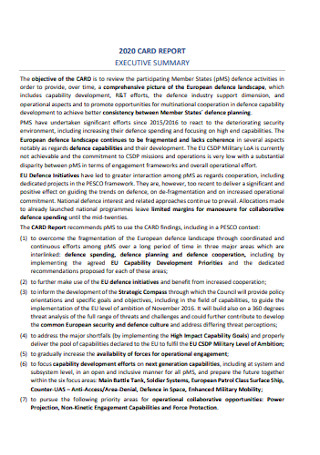
Executive Summary Card Report
download now -
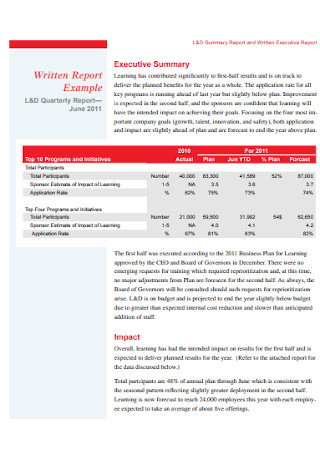
Written Executive Summary Report
download now -

Executive Summary Report of Project
download now -

Pilot Executive Summary Report
download now -
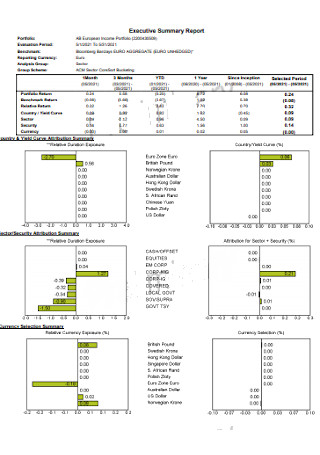
Simple Executive Summary Report
download now -
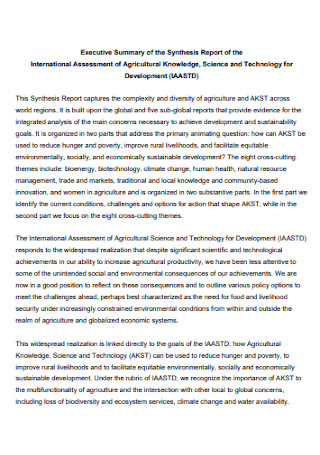
Executive Summary of the Synthesis Report
download now -

Workshop Executive Summary Report
download now -

Annual Executive Summary Report
download now -

xecutive Summary End of Year Report
download now -
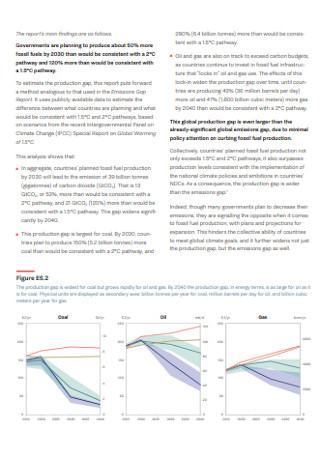
Production Gap Executive Summary Report
download now -
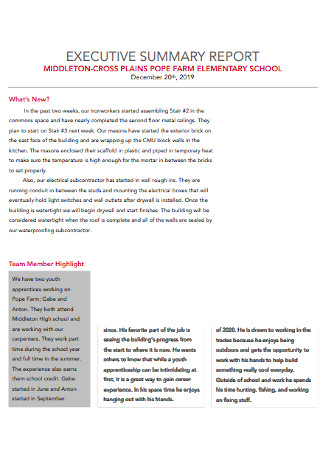
School Executive Summary Report
download now -

Election Summary Report
download now -

Internship Executive Summary Report
download now -

Post Event Executive Summary Report
download now -

Working Group Executive Summary Report
download now -
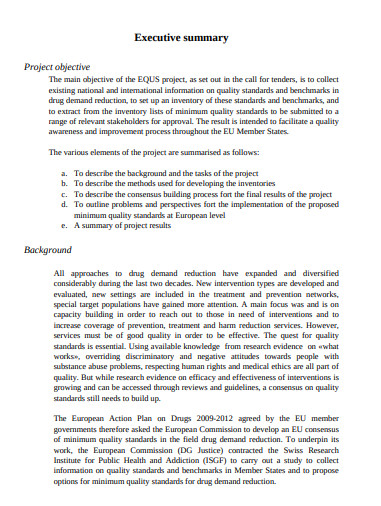
Executive Summary of Final Report
download now -
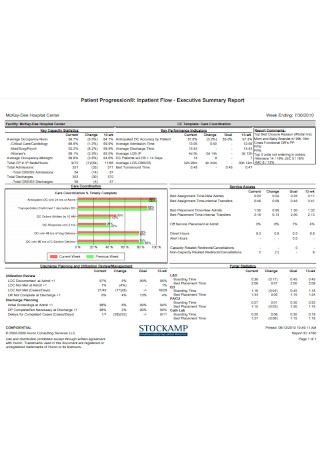
Inpatient Flow Executive Summary Report
download now -

Student Executive Summary Report
download now -
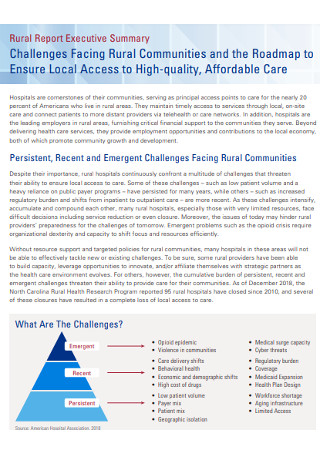
Executive Summary Rural Report
download now -
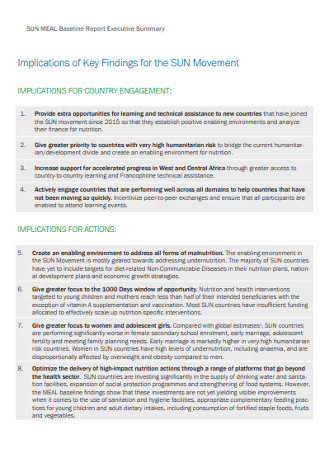
Baseline Report of Executive Summary
download now -
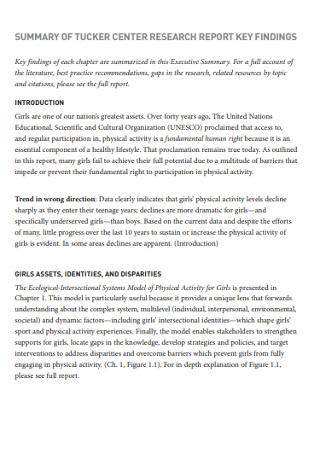
Executive Summary Research Report
download now -
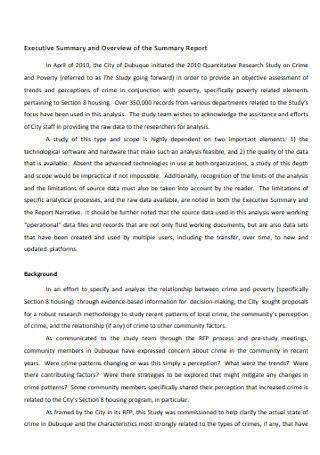
Executive Summary Report Format
download now -
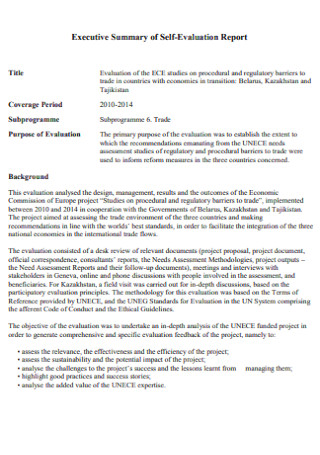
Executive Summary of Self-Evaluation Report
download now -
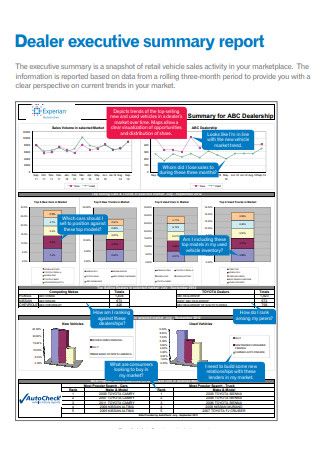
Dealer Executive Summary Report
download now -
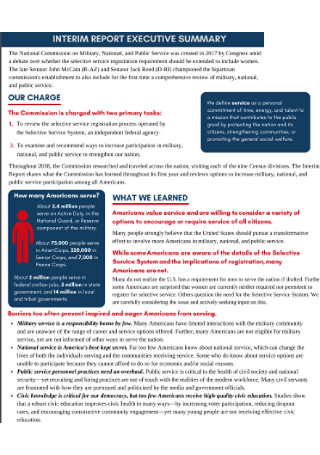
Interim Report of Executive Summary
download now -

Industry Executive Summary Report
download now -
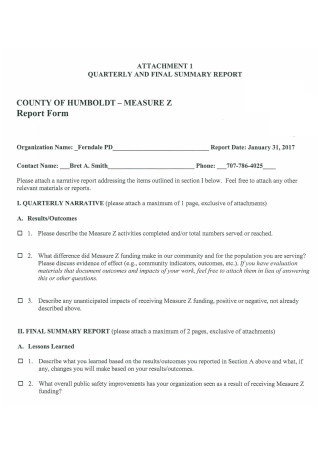
Quarterly and Executive Summary Report
download now -

Executive Summary Summit Report
download now -
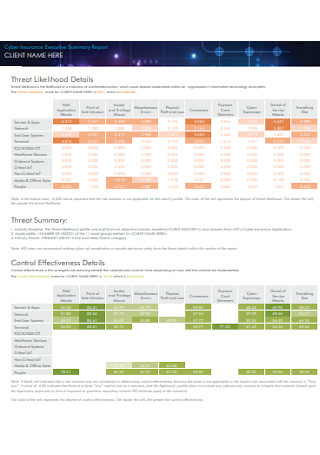
Cyber Insurance Executive Summary Report
download now -
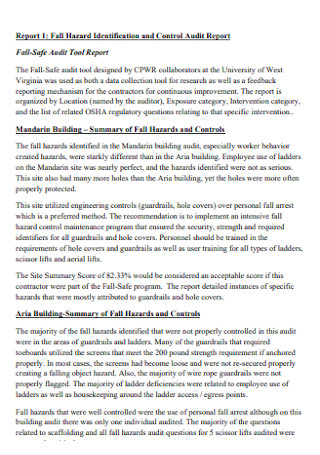
Executive Summary Audit Report
download now -
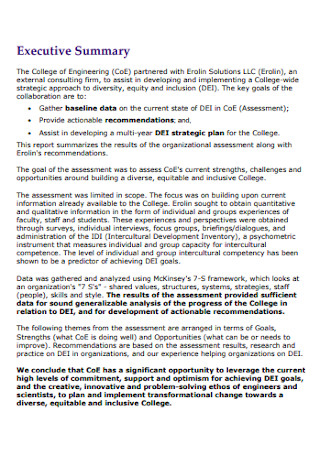
Executive Summary Assessment Report
download now -
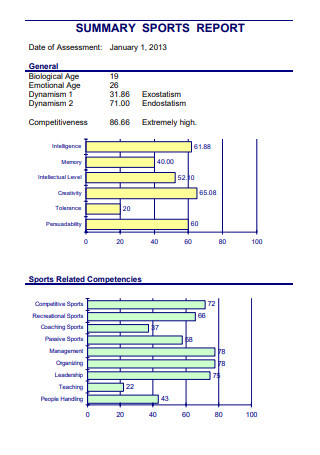
Executive Summary Sports Report
download now -
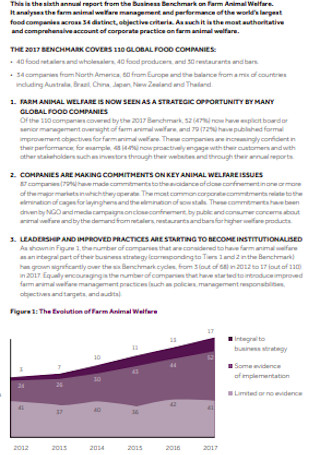
Executive Summary Business Report
download now -

School Games Executive Summary Report
download now -
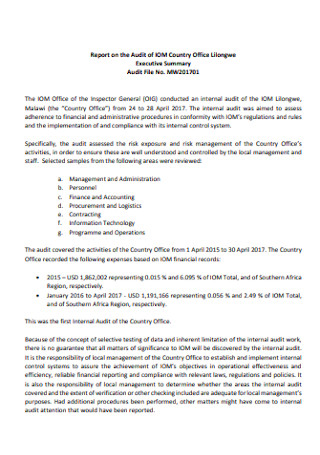
Executive Summary Office Audit Report
download now
FREE Executive Summary Report s to Download
34+ Sample Executive Summary Reports
What Is an Executive Summary Report?
Components of an Executive Summary Report
How To Establish an Executive Summary Report
FAQs
What is the difference between an executive summary and an introduction?
Why is an executive summary called as it is?
Does an executive summary contain references or citations?
Before throwing a pitch for the project or proposition, it is necessary to have an executive summary report as an introduction. What is an executive summary report, and what difference does it make to preface this document before others? By reading the article below, you can learn more about this report, including additional information regarding its definition, composition, and construction. It also provides answers to frequently asked questions regarding these documents. Continue reading the subsequent article for more details.
What Is an Executive Summary Report?
An executive summary report provides a brief introduction and overview of an organization’s plan or proposal. It takes up a section of a business plan or an investment or project proposal. It presents an outline of relevant information to investors, shareholders, and stakeholders about the proposed project. It includes the company’s profile, market analysis, and financial estimates. An effective executive summary report captures the reader’s attention and gives an impression of the company’s capabilities that makes potential partners continue reading. Several investors make their decisions upon reading the executive summary, so a company must improve its skills in creating it. Organizations also utilize pitch decks to supplement their reports when tackling the benefits and selling points of the company’s plan or project. An executive summary report is a condensed version of the documents within the proposal.
According to an article written and published on Inc Magazine’s website, the executive summary must be, above all, unique. It is necessary to pattern the length of the executive summary report according to the business plan or proposal. In general, the document must be between one to four pages in length. The summary can also be in the form of a brochure by utilizing both sides of the paper. According to the article, if a company cannot be concise and present the essence of your company and its plan within four pages, then there’s still a lot of work to be done.
Components of an Executive Summary Report
When starting on an executive summary report, it is advantageous to know what necessary elements must be present. There is no one format for the report, as it serves various purposes. One section of the report differs if one is a business plan while the other is an investment proposal. The pattern of the executive summary report must be according to the organization’s specific objectives and preferences. Below is a list of some of the fundamental components of an executive summary you can introduce in yours.
How To Establish an Executive Summary Report
An executive summary report is the bread and butter of a company willing to explore, grow, and develop. Remember that the executive summary embodies the company’s vision and all necessary elements for your business initiative. No matter the purpose of the report, there are helpful rules that aid in producing an effective executive summary report.
Tip #1: Serve the Executive Summary as a Pitch
Think of an executive summary as an elevator pitch to possible investors. An effective summary report sells the entire plan or proposal in a way that is constructive and summative. The readers must easily understand the business, product, target market, and financial overview of the summary. Guarantee that you emphasize the plan in a way that immediately gains the reader’s interest to achieve the proposal’s objectives.
Tip #2: Keep the Summary Concise Yet Effective
It is imperative to keep the report brief. Most executive summary reports range from a single page to four. Less is always more when it comes to these documents. Keep the executive summary short while incorporating all essential components and information. As much as possible, keep the content within one to two pages.
Tip #3: Keep the Summary Simple and Pay Attention To Your Tone
Do not overcomplicate the content of your report to the point that it feels overbearing or difficult to explain. Help your readers by breaking the summary into short paragraphs or texts, bulleted lists, and subheadings. It is advantageous to incorporate illustrations like images to represent products or bar charts to describe nominal values and data. It also pays to be aware of your writing tone when creating the report. The writing tone helps tell the company’s story. The tone of voice the text represents must resonate with your company and the target audience.
Tip #4: Prioritize Each Section Based on Relevance and Strengths
Organize the executive summary in a way that emphasizes the vital information and details first. There is no set format for an executive summary, and it is best to utilize this to your advantage. Create an order that shows emphasis on necessary content. Lead with the section that requires the most attention from your reader, following with components that complement the most relevant part of the executive summary report. You can start with the company’s profile and the mission statement or introduce the problem first to further elaborate on them.
Tip #5: Write the Executive Summary Last
Remember that an executive summary report is the summary of your business plan or proposal. Even if the report precedes the business plan, write your executive summary once the plan or proposal is complete. It is challenging to create an executive summary report without the presence of a business plan. Through this, it’ll be easier to make your executive summary concise and comprehensible to your reader.
Tip #6: Repurpose the Report as a Summary Memo
After using the executive summary report, you can use it as a summary memo. In a formal plan, it serves as the initial chapter. However, the executive summary report can be a summary memo that you can send to investors instead of the entire business plan. You can send the memo through an email attachment or a short document.
FAQs
What is the difference between an executive summary and an introduction?
The primary difference between an executive summary and an introduction is their purpose. The introduction discusses the industry or business and describes the product or service the company offers its market. The introduction gives the readers a feel of what to expect. You cannot understand the entirety of the business plan by just reading through the introduction. Meanwhile, an executive summary gives an overview through bullets or paragraphs that represents the plan’s entirety. It is a condensed version of the vital aspects and parts of a document and its relevance to the reader.
Why is an executive summary called as it is?
Remember that an executive summary serves as an overview to an audience that needs to understand the business plan’s content without reading its entirety. It is an executive summary because it is through the reader, in the form of investors and executives, that enables the funding, personnel, and policy decisions that require the key points quickly.
Does an executive summary contain references or citations?
Not necessarily. Executive summaries are a brief overview of a report, proposal, or plan. The audience reading the report need not have references or citations since the content of the document is within the summary.
Executive summary reports prove to have advantages when it comes to discussing proposals, plans, and projects. A condensed version of the business plan enables the reader to understand what you want to happen. Since your audience has a limited amount of time to browse through your proposal, a well-written summary report gives you an advantage. Grab their attention immediately to guarantee that you can achieve your business goals. Start creating your business’ executive summary report to introduce your proposals to investors, lenders, and C-level executives by using and downloading the executive summary reports available above for your convenience.
